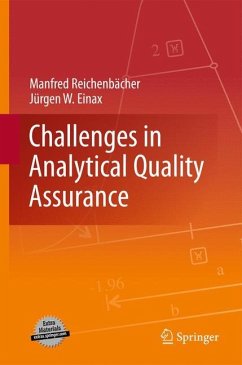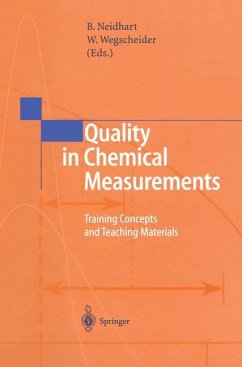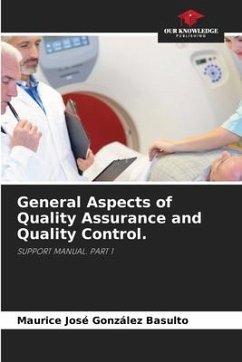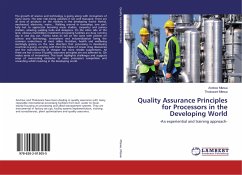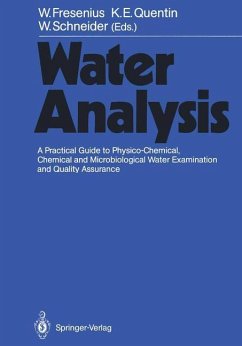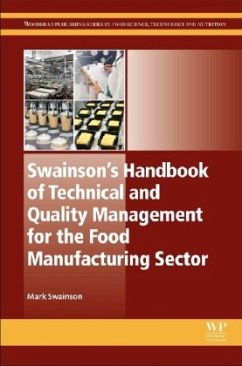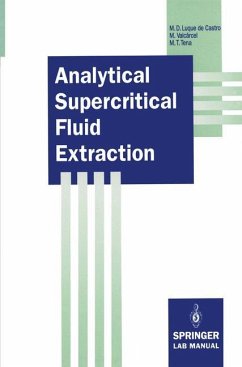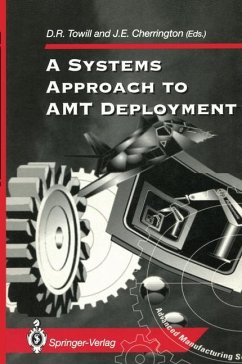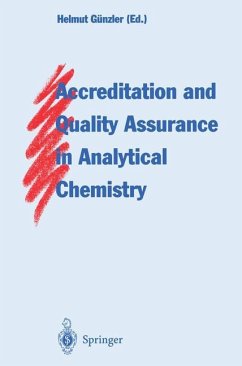
Accreditation and Quality Assurance in Analytical Chemistry

PAYBACK Punkte
19 °P sammeln!
Quality assurance and accreditation in analytical chemistry laboratories is an important issue on the national and international scale. The book presents currently used methods to assure the quality of analytical results and it describes accreditation procedures for the mutual recognition of these results. The book describes in detail the accreditation systems in 13 European countries and the present situation in the United States of America. The editor also places high value on accreditation and certification practice and on the relevant legislation in Europe. The appendix lists invaluable in...
Quality assurance and accreditation in analytical chemistry laboratories is an important issue on the national and international scale. The book presents currently used methods to assure the quality of analytical results and it describes accreditation procedures for the mutual recognition of these results. The book describes in detail the accreditation systems in 13 European countries and the present situation in the United States of America. The editor also places high value on accreditation and certification practice and on the relevant legislation in Europe. The appendix lists invaluable information on important European accreditation organizations.





